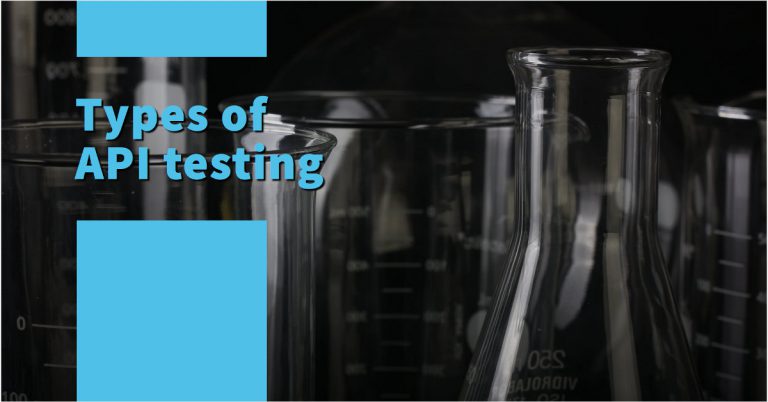In today’s rapidly evolving digital landscape, cloud-based applications have become the backbone of modern businesses. These applications offer unparalleled scalability, flexibility, and accessibility, empowering organizations to deliver seamless experiences to users across the globe. However, ensuring the quality of software deployed on cloud platforms presents unique challenges for software engineers. In this guide, we’ll explore the importance of software quality in cloud-based applications and discuss strategies to elevate it effectively.
Understanding the Importance of Software Quality
Software quality is paramount in cloud-based applications as it directly impacts user satisfaction, operational efficiency, and overall business success. Poorly developed or unreliable software can lead to service disruptions, security vulnerabilities, and costly downtimes, tarnishing the organisation’s reputation and eroding customer trust.
In the context of cloud-based applications, where resources are dynamically allocated and shared among multiple users, maintaining high quality is even more critical. The distributed nature of cloud environments introduces complexities related to network latency, data consistency, and interoperability, necessitating rigorous testing and monitoring procedures.
Challenges in Ensuring Software Quality in Cloud Environments
Scalability
Cloud-based applications must seamlessly scale to accommodate fluctuating workloads and user demands. As a result, ensuring that the software behaves predictably under varying conditions requires comprehensive performance testing and optimization.
Security
Cloud environments are prime targets for cyber threats, making security a top priority for software engineers. Implementing robust authentication mechanisms, encryption protocols, and access controls is essential to safeguard sensitive data and mitigate risks.
Reliability
With the distributed nature of cloud infrastructures, ensuring the reliability of software components becomes increasingly challenging. Furthermore, Engineers must design resilient architectures, implement fault-tolerant mechanisms, and employ automated recovery processes to minimize service disruptions and downtime.
Monitoring and Visibility
Monitoring the health and performance of cloud-based applications is essential for proactive problem detection and resolution. Engineers need to implement comprehensive monitoring solutions that provide real-time insights into system behaviour, resource utilization, and application performance.
Strategies for Elevating Software Quality
Adopting DevOps Practices
Embracing DevOps principles, such as continuous integration, continuous delivery, and automated testing, can streamline the software development lifecycle and enhance collaboration between development and operations teams. By automating repetitive tasks and integrating quality assurance processes into the deployment pipeline, engineers can accelerate release cycles and deliver high-quality software more efficiently. [1]
Implementing Microservices Architecture
Decomposing monolithic applications into smaller, loosely coupled microservices enables greater agility, scalability, and fault isolation. By decoupling functionality into independent services, engineers can deploy updates more rapidly, scale components independently, and minimize the blast radius of failures.
Utilizing Containerization and Orchestration
Containerization technologies, such as Docker and Kubernetes, offer lightweight, portable environments for deploying and managing cloud-based applications. By encapsulating dependencies and configurations within containers, engineers can ensure consistency across different environments and simplify deployment processes. Additionally, orchestrating containerized workloads with Kubernetes enables automated scaling, self-healing, and efficient resource utilization. [2]
Prioritizing Security by Design
Integrating security practices into the software development process from the outset is essential for building resilient and secure cloud-based applications. Engineers should conduct thorough threat modelling exercises, perform regular security assessments, and adhere to established security standards and best practices. Additionally, implementing infrastructure as code (IaC) techniques allows for the automated provisioning and configuration of secure cloud resources, reducing the risk of misconfigurations and vulnerabilities.
Embracing Chaos Engineering
Chaos engineering is a discipline that involves intentionally introducing failures into systems to identify weaknesses and improve resilience. By conducting controlled experiments in production environments, engineers can uncover hidden vulnerabilities, validate fault tolerance mechanisms, and enhance the overall reliability of cloud-based applications.
Conclusion
In conclusion, ensuring software quality in cloud-based applications is paramount for delivering exceptional user experiences, maintaining operational efficiency, and safeguarding business continuity. Software engineers play a crucial role in achieving this goal by embracing best practices, leveraging cutting-edge technologies, and fostering a culture of continuous improvement. By prioritizing scalability, security, reliability, and observability, organizations can build resilient and high-performing cloud-native applications that drive innovation and fuel growth in today’s digital economy.




